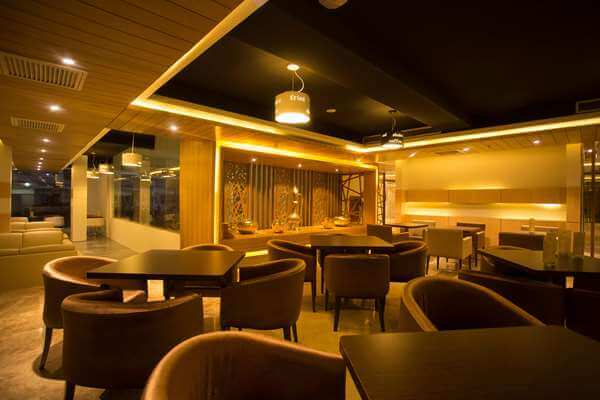The seemingly unlikely duo of nature and technology are at the heart of chef Rasmus Kofoed’s progressive tasting menu: 17-plus inspired, artistic courses composed of organic and wild Scandinavian ingredients. While a presentation of fragile, near-translucent leaves is made from a Jerusalem artichoke purée, what look to be razor clams are actually dough painted with squid ink.
Counting quite the impressive CV, Rasmus Kofoed is the first chef in Denmark to have earned three Michelin stars, which the French fine dining guide granted to Geranium in 2016. Kofoed is also the only chef to have ever won the gold, silver and bronze medals at the esteemed global cooking competition the Bocuse d’Or, and his meticulous approach to seasonal Danish cuisine has seen Geranium climb its way up The World’s 50 Best Restaurants The rather unexpected locale of a national soccer stadium serves as Geranium’s backdrop. The restaurant is located on the facility’s eighth floor, and its dining room affords panoramic views of Fælledparken (Common Gardens). Ask management to tour the rear kitchen area for a look at the most epic of sports stadium field views.
While Kofoed heads up kitchen operations, partner Søren Ledet manages the dining room and wine. But when Geranium opened in 2007, those roles were yet to be defined. Since both men counted chef backgrounds, they initially planned to each spend time cooking and running the front-of-house. But Kofoed quickly found himself romanced by the kitchen, while Ledet fell in love with hospitality and booze, landing them in the positions they command today. Over the years, Ledet’s 2,500-bottle wine list, which spans from classic selections to natural-leaning juice, has won numerous accolades, including Wine Spectator’s prestigious Grand Award.


